Origins: The Evolution of Graffiti
While passing by a building or riding on a train, we find an ancient art form staring back at us that has been referred to by some as simply vandalism, while others consider it to be a raw and underappreciated craft. This art form today is known as Graffiti and where it is placed and why it is placed in that location is just as important as the artwork itself.
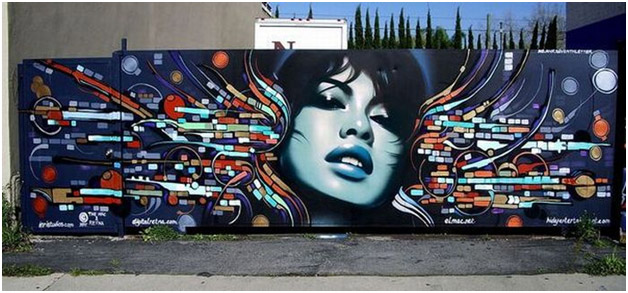
Graffiti dates back to ancient Egypt and Rome in the west, which were inscriptions and figure drawings created on the walls of catacombs and ruins. In the deserts of Syria, eastern Jordan and northern Saudi Arabia, a proto-Arabic language known as Saifatic is the only account of this language and has only been discovered in the form of graffiti being that it is inscribed on the surfaces of rocks and boulders. Ancient graffiti can be found all over the world, but the contemporary term has transformed its meaning overtime.
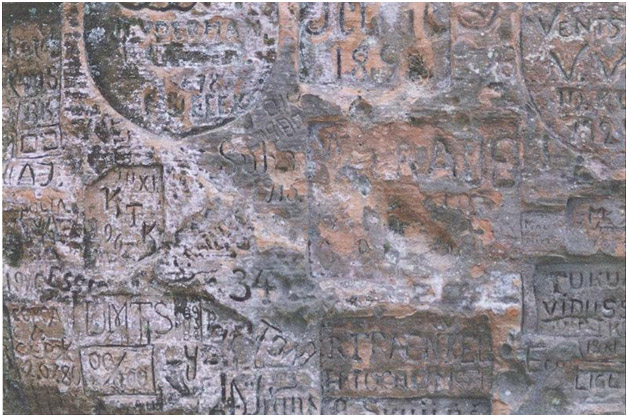
Modern day graffiti can be found on the walls of buildings, sidewalks, road signs, overpasses, trains, automobiles and many other spaces where it can be seen by many eyes. Just like any other art form that has survived the span of time it begins to take on its on attributes outside of its fundamentals and evolves into a more distinct style. Today we see graffiti being created in attention getting locations but also using tools such as spray paint, stencils and marker pens.
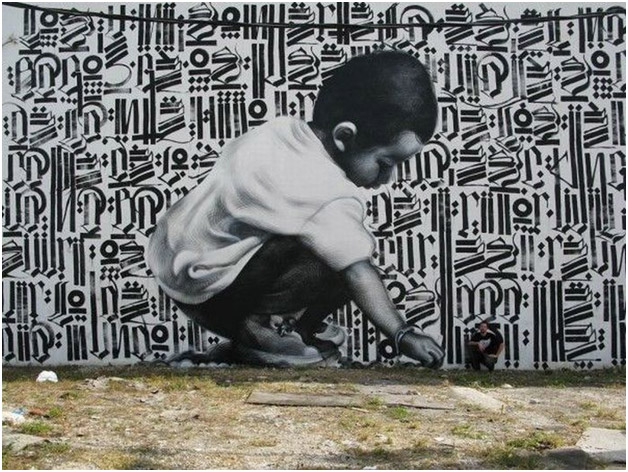
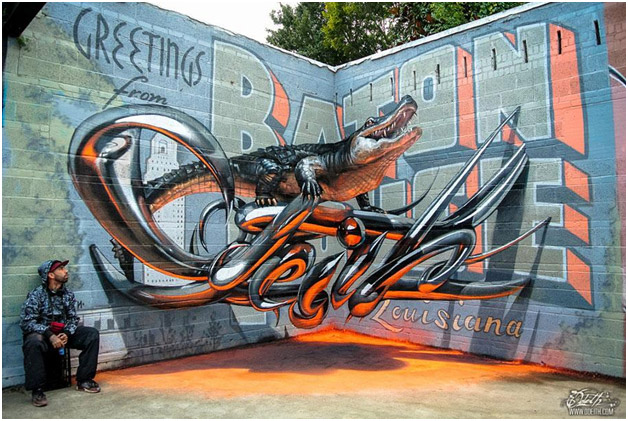
From ancient to present day graffiti, it served as an alternative outlet for the individual person or group (outside of the mainstream) to bring attention to or spread knowledge of their personal perspective, ideas, beliefs or who they are (which was generally an alternative name) or as a form of communication to claim territory or for acknowledgement of a particular brand and collective force. These ideas stem from anywhere to political and spiritual viewpoints to branding of a particular organization unable to gain attention in the “legal” way larger corporations do.
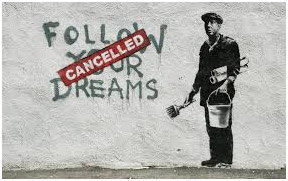
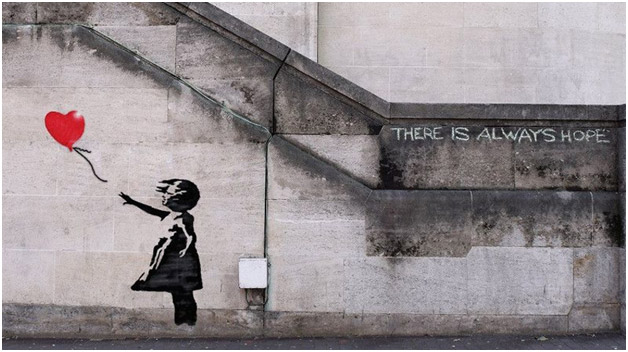
Regardless of the purpose or placement of graffiti, there are many accounts of this art form that deserve appreciation in the same way artwork in a museum would be displayed. The beauty of graffiti is that it leaves a powerful and artistic mark on our daily world giving an active voice to the humanity of our time.